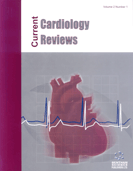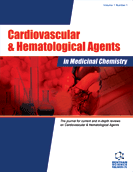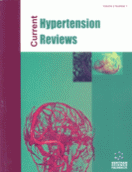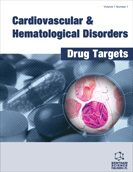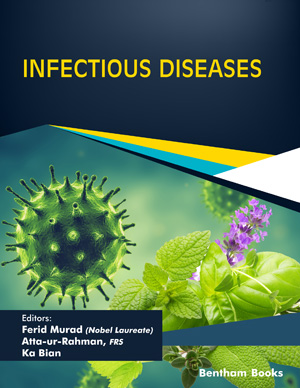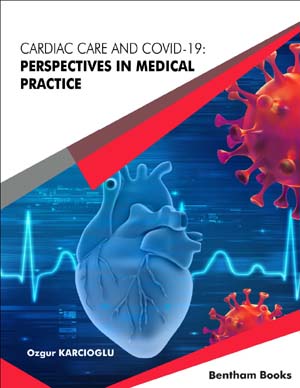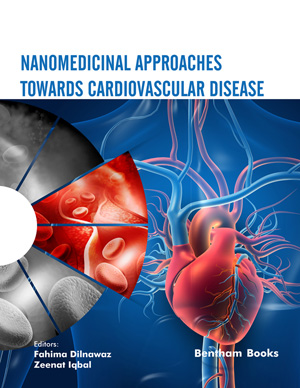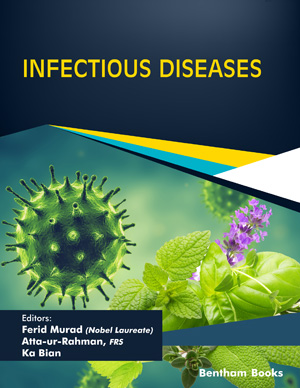Abstract
High density lipoprotein (HDL) plays a critical physiological role in protecting the body against atherosclerosis by facilitating reverse cholesterol transport and the removal of oxidized phosphoplipids from artery walls. Apolipoprotein A-I (apoA-I) is the principal protein component of HDL that is responsible for these atheroprotective effects. We have developed an apoA-I peptide analog called D-4F, which mimics the properties of apoA-I. D-4F is synthesized from Damino acids and thus can be administered orally. In murine models of atherosclerosis, D-4F markedly reduced atherosclerotic lesions in the absence of significant changes in total plasma cholesterol or HDL cholesterol levels. These results suggested that raw values of lipoprotein quantity are not the only indicators of atherosclerotic risk; the quality of the circulating lipoproteins is also important. As atherogenesis has been shown to be strongly linked to the presence of pro-inflammatory HDL, D-4F suggests therapeutic potential for treating atherosclerosis by improving the quality of patients HDL (i.e. converting pro-inflammatory HDL to anti-inflammatory HDL in vitro). ApoA-I mimetic peptides may also prove helpful in treating other symptoms of atherosclerosis, such as endothelial dysfunction and abnormal vasorelaxation. ApoA-I mimetic peptides like D-4F indicate much promise for becoming yet another part of achieving greater cardiovascular health.
Keywords: atherosclerosis, apoa-I, hdl, ldl, cholesterol, coronary artery disease
Current Cardiology Reviews
Title: Apolipoprotein A-I Mimetic Peptides for the Treatment of Coronary Artery Disease
Volume: 1 Issue: 1
Author(s): Nicole K. Yamada
Affiliation:
Keywords: atherosclerosis, apoa-I, hdl, ldl, cholesterol, coronary artery disease
Abstract: High density lipoprotein (HDL) plays a critical physiological role in protecting the body against atherosclerosis by facilitating reverse cholesterol transport and the removal of oxidized phosphoplipids from artery walls. Apolipoprotein A-I (apoA-I) is the principal protein component of HDL that is responsible for these atheroprotective effects. We have developed an apoA-I peptide analog called D-4F, which mimics the properties of apoA-I. D-4F is synthesized from Damino acids and thus can be administered orally. In murine models of atherosclerosis, D-4F markedly reduced atherosclerotic lesions in the absence of significant changes in total plasma cholesterol or HDL cholesterol levels. These results suggested that raw values of lipoprotein quantity are not the only indicators of atherosclerotic risk; the quality of the circulating lipoproteins is also important. As atherogenesis has been shown to be strongly linked to the presence of pro-inflammatory HDL, D-4F suggests therapeutic potential for treating atherosclerosis by improving the quality of patients HDL (i.e. converting pro-inflammatory HDL to anti-inflammatory HDL in vitro). ApoA-I mimetic peptides may also prove helpful in treating other symptoms of atherosclerosis, such as endothelial dysfunction and abnormal vasorelaxation. ApoA-I mimetic peptides like D-4F indicate much promise for becoming yet another part of achieving greater cardiovascular health.
Export Options
About this article
Cite this article as:
Yamada K. Nicole, Apolipoprotein A-I Mimetic Peptides for the Treatment of Coronary Artery Disease, Current Cardiology Reviews 2005; 1 (1) . https://dx.doi.org/10.2174/1573403052952356
| DOI https://dx.doi.org/10.2174/1573403052952356 |
Print ISSN 1573-403X |
| Publisher Name Bentham Science Publisher |
Online ISSN 1875-6557 |
 17
17
- Author Guidelines
- Bentham Author Support Services (BASS)
- Graphical Abstracts
- Fabricating and Stating False Information
- Research Misconduct
- Post Publication Discussions and Corrections
- Publishing Ethics and Rectitude
- Increase Visibility of Your Article
- Archiving Policies
- Peer Review Workflow
- Order Your Article Before Print
- Promote Your Article
- Manuscript Transfer Facility
- Editorial Policies
- Allegations from Whistleblowers
- Announcements
Related Articles
-
Cardiovascular Disease in Systemic Lupus Erythematosus: The Role of Traditional and Lupus Related Risk Factors
Current Cardiology Reviews Gender Related Issues in the Management of Heart Failure
Current Pharmaceutical Design HPLC as a Tool in Medicinal Chemistry for the Monitoring of Tricyclic Antidepressants in Biofluids
Mini-Reviews in Medicinal Chemistry Changes in the Expression of the Alzheimers Disease-Associated Presenilin Gene in Drosophila Heart Leads to Cardiac Dysfunction
Current Alzheimer Research Withdrawal Notice: The Recent Advancement in the Field of Super Paramagnetic Iron Oxide Nanoparticles (SPIONs) for Aiming Breast Cancer
Current Drug Metabolism Study of Prolactin Permeation Through the Pericardium and Its Bioavailability
Protein & Peptide Letters Association of flavonoid-rich foods and statins in the management of hypercholesterolemia: a dangerous or helpful combination?
Current Drug Metabolism Insulin Resistance and Endothelial Dysfunction: A Mutual Relationship in Cardiometabolic Risk
Current Pharmaceutical Design Zebrafish Model in Drug Safety Assessment
Current Pharmaceutical Design Practical Recommendations for Familial Combined Hyperlipidemia Diagnosis and Management: An Update
Vascular Disease Prevention (Discontinued) Stabilization of Neutral NH2-R-COOH Form of the Antihypertensive Peptides L-Valyl-L-Prolyl-L-Proline and L-Isoleucyl-L-Prolyl-L-Proline
Protein & Peptide Letters Fluoride Effects: The Two Faces of Janus
Current Medicinal Chemistry Sleep in Pulmonary Hypertension
Current Respiratory Medicine Reviews Inflammation Fueling Atrial Fibrillation Substrate: Seeking Ways to "Cool" the Heart
Medicinal Chemistry Role of Nitrosative Stress and Poly(ADP-ribose) Polymerase Activation in Myocardial Reperfusion Injury
Current Vascular Pharmacology In Vitro Drug Release Behavior, Mechanism and Antimicrobial Activity of Rifampicin Loaded Low Molecular Weight PLGA-PEG-PLGA Triblock Copolymeric Nanospheres
Current Drug Delivery Editorial [Hot Topic: Biochemical and Clinical Relevance of Hyperuricaemia (Executive Editor: Dimitri P. Mikhailidis Associate Editor: Stella S. Daskalopoulou)]
Current Pharmaceutical Design The Role of Intracellular 35-Cyclic Adenosine Monophosphate (cAMP) in Atherosclerosis
Current Vascular Pharmacology Gene Therapy to Improve High-Density Lipoprotein Metabolism and Function
Current Pharmaceutical Design The Kidney and the Sympathetic System: A Short Review
Current Clinical Pharmacology


